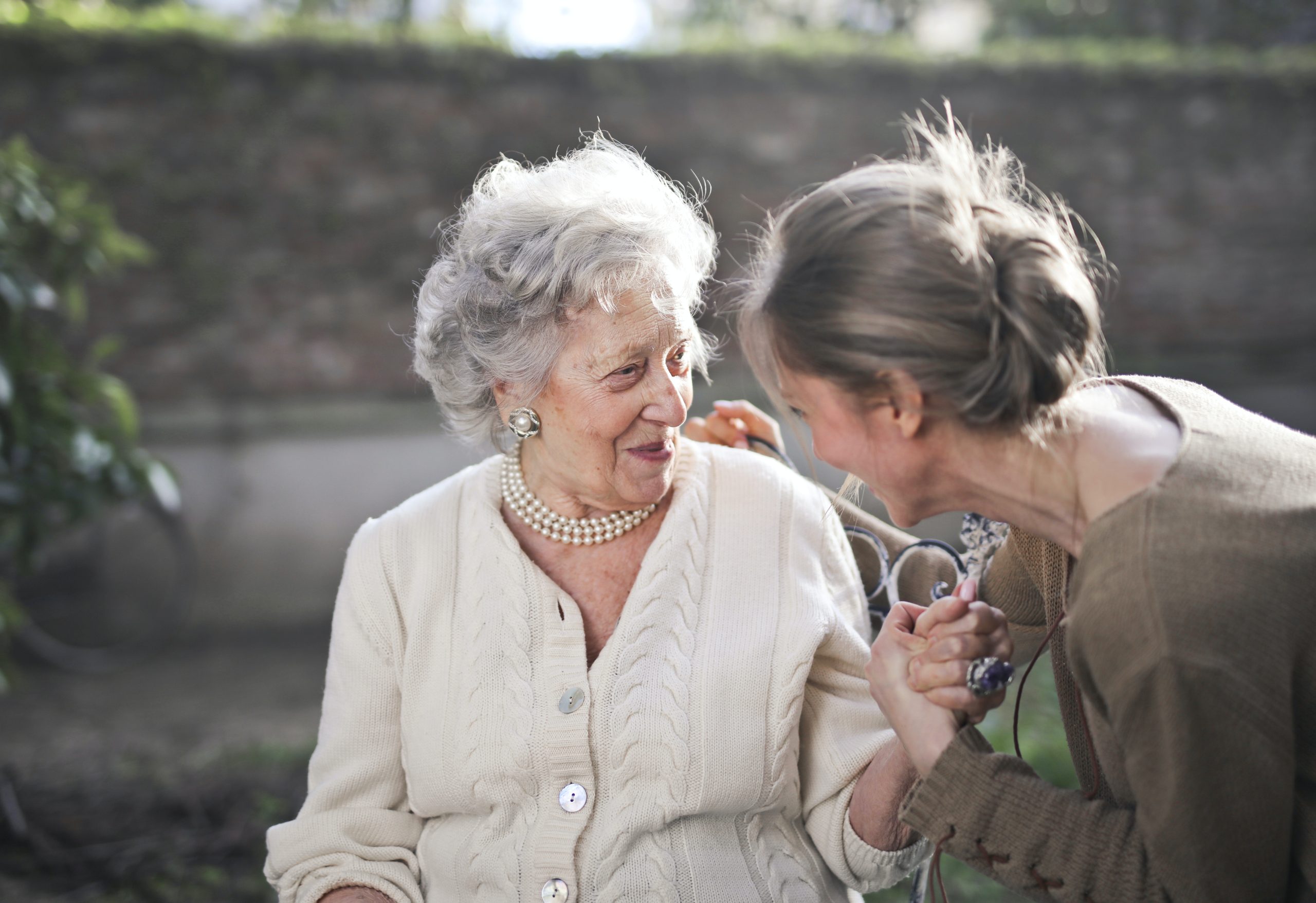Move More, Live Better: How Physical Activity Promotes Longevity

The image is not directly related to the article. It merely symbolizes the life of elderly people.
Physical activity is not just about having a fit body or maintaining a healthy weight; it also plays a significant role in promoting longevity and improving overall well-being. The benefits of regular exercise extend far beyond the superficial, and scientific research continues to highlight the importance of moving more for a better and longer life.
One of the key ways physical activity promotes longevity is by reducing the risk of chronic diseases. Regular exercise has been proven to lower the chances of developing conditions such as heart disease, type 2 diabetes, certain types of cancer, and stroke. These diseases are among the leading causes of death worldwide, and adopting an active lifestyle can significantly decrease the likelihood of falling victim to them.
Engaging in physical activity also helps to maintain and improve cardiovascular health. Regular exercise strengthens the heart, making it more efficient at pumping blood and oxygen throughout the body. This, in turn, reduces the risk of heart attacks, high blood pressure, and other cardiovascular problems. By keeping the heart healthy, physical activity contributes to a longer and healthier life.
Exercise is also beneficial for mental health and cognitive function. Numerous studies have shown that physical activity helps reduce symptoms of anxiety and depression, improves mood, and enhances overall psychological well-being. Regular exercise stimulates the release of endorphins, which are known as “feel-good” hormones. These hormones help alleviate stress, boost mood, and promote relaxation. Additionally, physical activity has been linked to improved cognitive function, memory, and a reduced risk of age-related cognitive decline, including conditions like Alzheimer’s disease.
Maintaining an active lifestyle is also crucial for maintaining strong bones and muscles. As we age, our bones tend to become weaker, and our muscle mass decreases. Regular exercise, particularly weight-bearing exercises like strength training or walking, helps build and maintain bone density and muscle strength. Strong bones reduce the risk of fractures and osteoporosis, while strong muscles support better balance and stability, thereby preventing falls and injuries.
Furthermore, physical activity plays a pivotal role in weight management. Obesity is a major risk factor for chronic diseases and can significantly reduce life expectancy. Regular exercise, along with a balanced diet, helps maintain a healthy weight, reduces body fat, and improves metabolic health. By controlling weight, physical activity helps prevent obesity-related health issues and promotes longevity.
It is important to note that physical activity doesn’t necessarily mean intense workouts or spending hours at the gym. Even moderate activities like brisk walking, gardening, dancing, or cycling can have significant health benefits. The key is to find activities that you enjoy and can incorporate into your daily routine.
In conclusion, physical activity is a vital component of a healthy lifestyle and is essential for promoting longevity. Regular exercise not only reduces the risk of chronic diseases but also improves cardiovascular health, mental well-being, cognitive function, and musculoskeletal strength. By making the conscious choice to move more, we can live better, longer lives. So, let’s lace up our sneakers, get moving, and embrace the numerous benefits that physical activity has to offer.
The image is not directly related to the article. It merely symbolizes the life of elderly people. Physical activity is not just about having a fit body or maintaining a healthy weight; it also plays a significant role in promoting longevity and improving overall well-being. The benefits of regular exercise extend far beyond the superficial,…
Recent Posts
- Empowering Caregivers: The Best Online and Offline Resources to Enhance Your Skills
- Traveling with a Purpose: The Rise of Volunteer Vacations
- Breaking Stigma: Dispelling Myths about Mobility Aids and Disability
- Avoiding Probate: How Trusts Can Simplify the Estate Settlement Process
- Senior Citizens Beware: Common Financial Scams and How to Stay Protected

